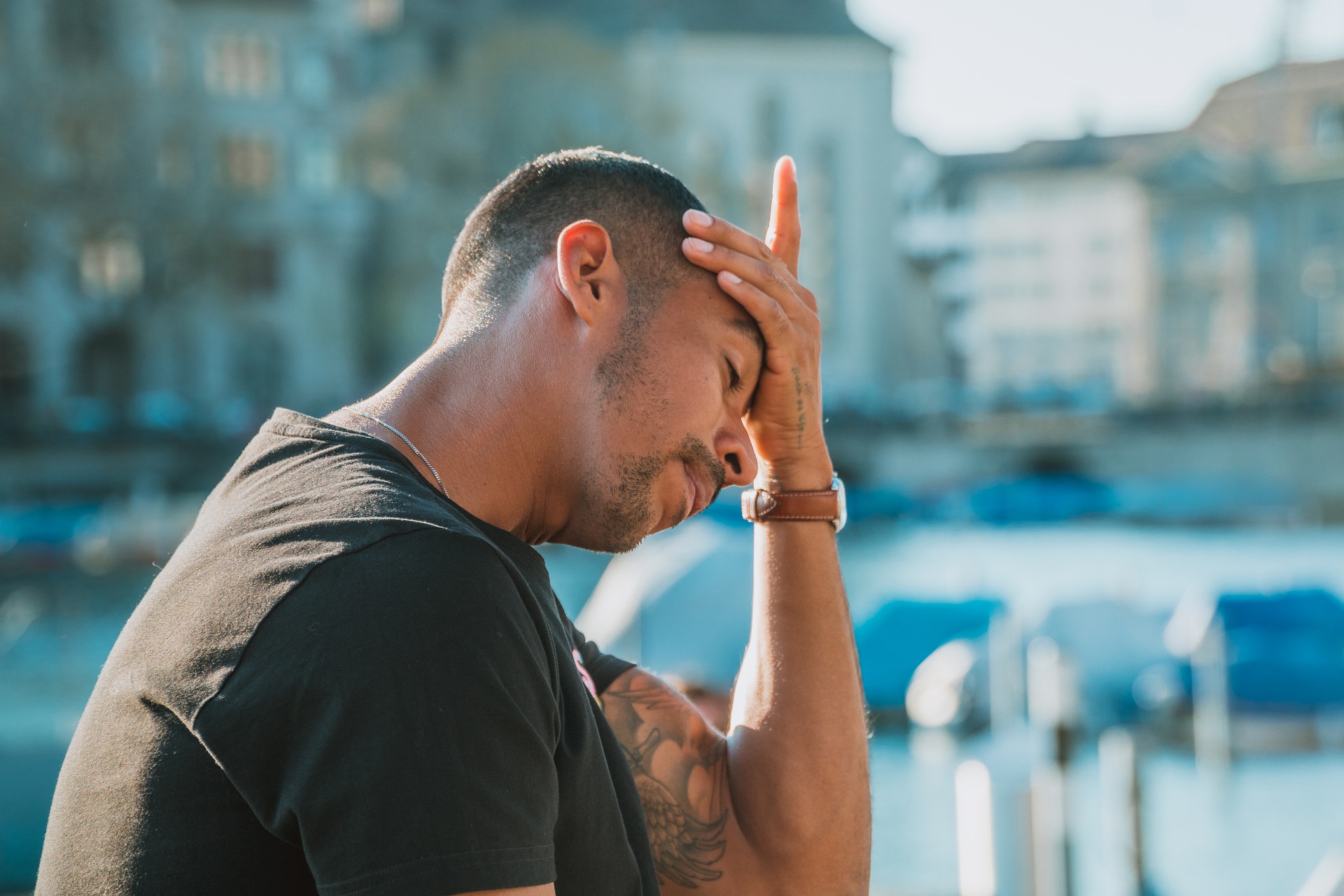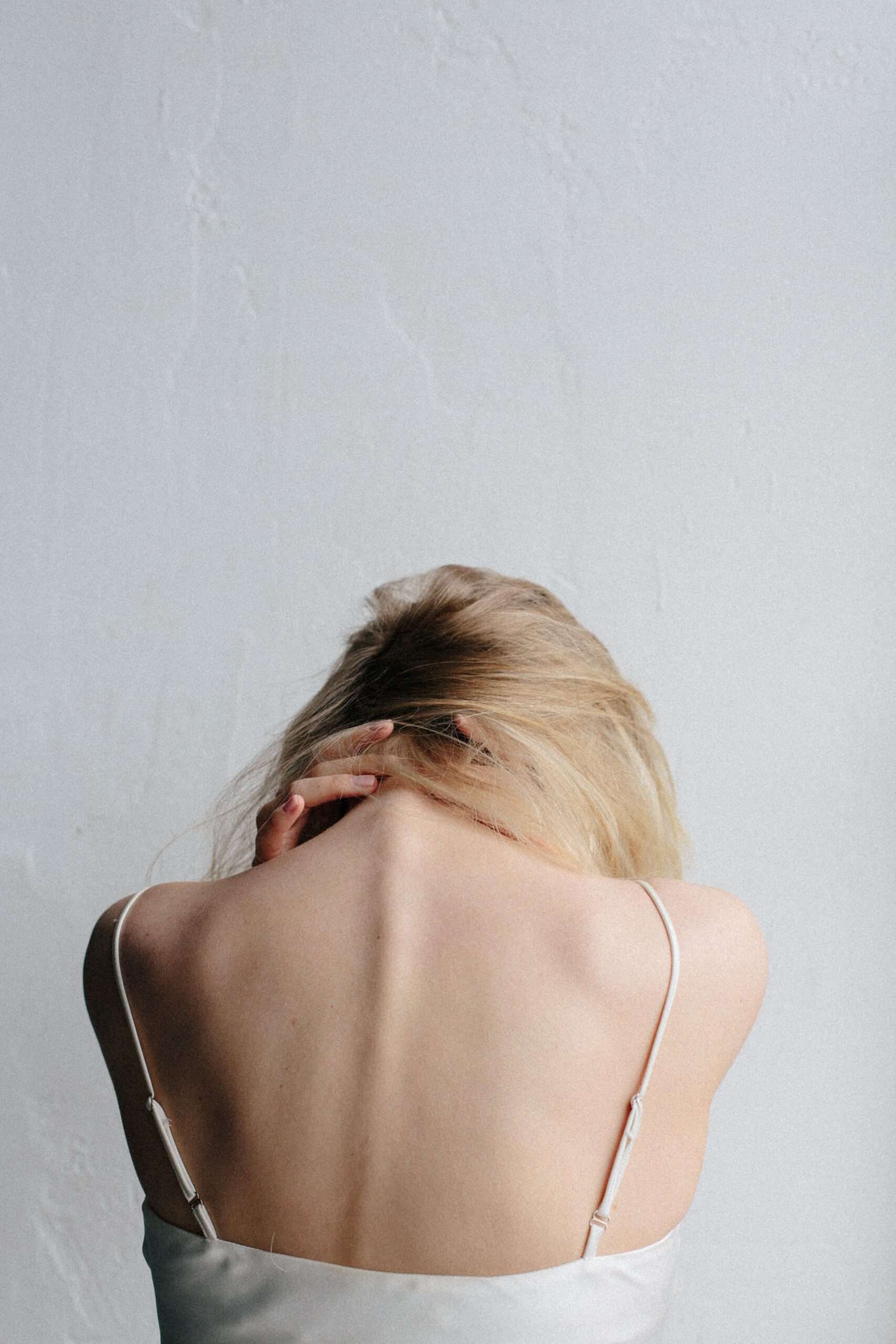To be human is to experience anxiety from time to time. Even the happiest individuals imaginable ruminate on things and wrestle with demons. It’s simply how evolution kept our ancestors on their toes and prepared them for various challenges. You can easily imagine how difficult it would be for a person to survive as a hunter-gatherer if they were completely content with life in every way. No concerns about whether there would be any berries to pick tomorrow, or worries about that beaver living by the lake biting back when it needed to be felled. No thoughts about how to make life as safe as possible for oneself and one’s loved ones. No consideration of the impending winter with sub-zero temperatures and an impenetrable blanket of snow. Also, no planning on how to best protect one’s tools, clothing, and food supply. Such a picture of a carefree person, but also clueless, would have soon been eliminated by evolution.
We carry these genes with us, and today the same instincts are channeled in new ways. When you wake up in the wee hours and can’t fall back asleep, it’s hardly the blueberry supply that troubles you, but rather work, relationships, and the state of the world. The feeling of anxiety can take over people’s lives and become more of a limitation than a survival aid. Furthermore, there are people for whom anxiety completely dominates their emotional life, and it’s called generalized anxiety disorder. Interestingly, RLT has been shown to help with this severe type of almost constant anxiety.
In a study, participants were treated with an RLT lamp on their foreheads for 20 minutes every day (1). Anxiety decreased measurably, and the participants reported better sleep at night. The treatment is called transcranial, and it is primarily the near-infrared light that can penetrate the skull deep enough to achieve an effect. In this study, the wavelength was 830 nm, and no side effects were reported. Perhaps the red light can also help, given its systemic effect with reduced inflammation, and it certainly doesn’t hurt to use both types of light.
If you want to achieve a transcranial treatment, it’s good to lie on your back with the lamp shining on your crown. The skull is thinnest at the temples, and it might be a good idea to sit with the lamp on the side for maximum effect. The important thing is that the lamp is high enough to reach above your head. The advantage of the seated position is that you’re also treating the rest of your body at the same time.
Author: Fredrik Paulún




